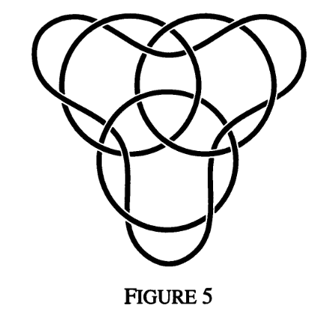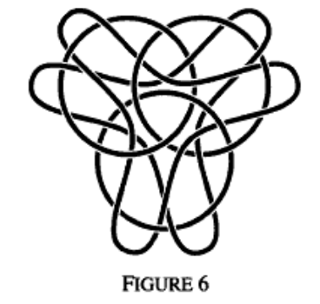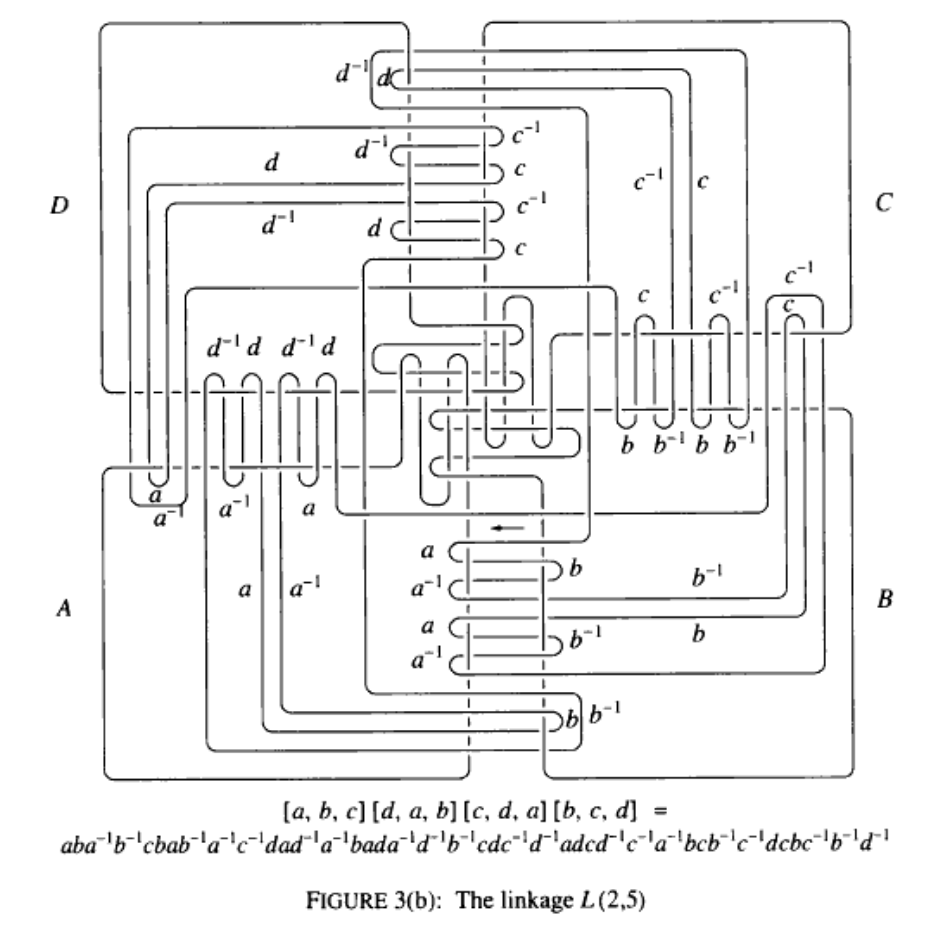Brunnian links are well known, where deleting any component allows you to isotope the rest to an unlink. It's common to construct them by taking an $n-1$ component unlink and defining the $n$th component as a chain of commutators in the Wirtinger presentation such as $[x_1,[x_2,[x_3,x_4]]]]$
Can you construct $n \ge 4$ component links for any $n$ where deleting any two components leaves an unlink, but the link will not be split after deleting any single component?



